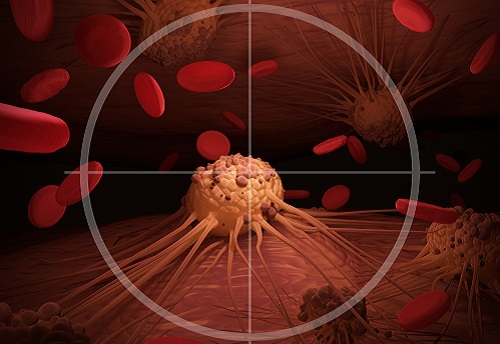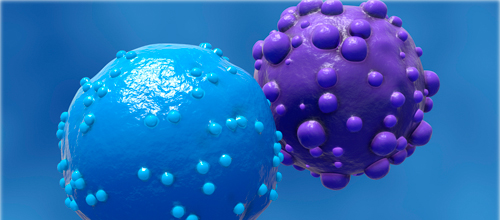October 19, 2017 (Medical News Today)
Immunotherapy, which activates a patient’s own immune system to attack cancer, is still a new approach to treating cancer. Researchers from the Massachusetts Institute of Technology (MIT) have written a paper explaining that while this therapy has shown very promising results, it still remains limited in its capabilities to target tumor cells due to “rare markers,” overcome immune system suppressor responses, and prevent risks of severe toxicity to the body. Unfortunately, even when these factors do not take place, the therapy still only works on a rather small percentage of individuals receiving immunotherapy. In some studies, less than half of patients respond to the treatment.
These obstacles have motivated the researchers to develop a “synthetic gene circuit” in an effort to improve the effectiveness of immunotherapy. The team has developed an approach based on a “synthetic gene circuit” which can be placed into the “cells of affected areas of the body using a virus.” Once activated, this “synthetic gene circuit” leads to a production of proteins that give off a number of anti-cancer immune responses; one response produces “surface T cell engagers,” instructing T cells of the immune system to kill cancer cells. This circuit is also capable of specifically directing T cells to tumor site locations while simultaneously increasing the power of T cells in their conquest to attack and destroy cancer cells.
One fascinating feature of this circuit system is that, in the lab, it was able to distinguish ovarian cancer cells from other types of cells, such as noncancerous ovarian cells, for example. This is because it is an “AND gate” and only works when there are two cancer-specific markers present. The important aspect here is that the circuit accomplished killing cancer cells without harming healthy surrounding cells, which is many times a major setback to immunotherapy.
As far as the future is concerned, it is likely that the focus of immunotherapy will be on combining different therapy types into a “single package therapy” to achieve a more specific approach to targeting just the cancerous tumor site while leaving the rest of the healthy parts of the body unharmed.




